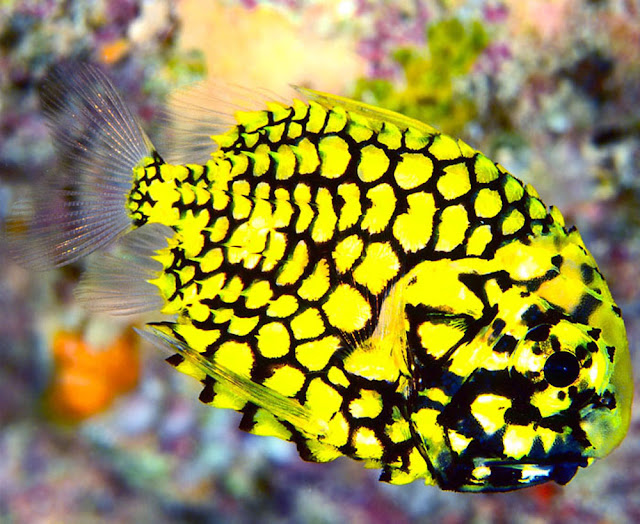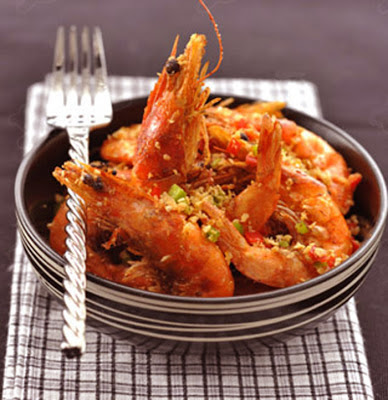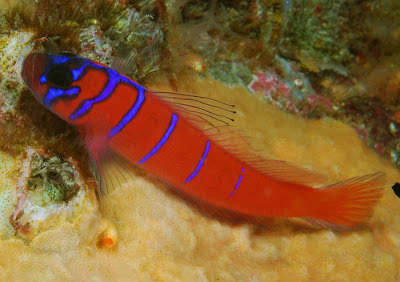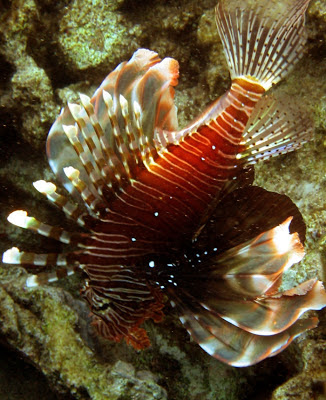The Pinecone Fish also called the
Pineapple Fish and Knight-fish is a small and unusual beryciform marine fish member
of the family Monocentridae, of the Order Beryciformes, Class Actinopterygii. It
is an unusual armored fish of the Indo-Pacific whose body has a vaguely
pinecone pattern made by the joining of hard scutes, which provide protection
to the fish from her enemies. There are four species of pinecone fish which are
Monocentris japonica, Monocentris meozelanicus, Monocentris reedi, and
Cleidopus gloriamaris.
 |
| A beautiful sea fish Pinecone Fish |
It is 8-15 cm long (3-6 in), and is
covered with spines, and has a brilliant yellow body somewhere it can be yellow
to orange in color. It has what appears to be a glowing smile due to the bioluminescent
bacteria which inhabit the light organs found on the sides of the mouth. All
pinecone fish have phosphorescent organs at either side of the lower jaw that
can turn off and on by movement of the jaw. It has a large, blunt head, and
interestingly, its dorsal fin is not situated on the center of its back like
that of most fish, but is off-center and the second dorsal and anal fins are at
the rear of the animal, pointing backward.
This fish generally seeks shelter by
day in caves, crevices and under overhangs. It lives in tropical and
sub-tropical waters. The pinecone fish is popular in tropical aquariums due to
its unusual appearance, but it is considered a difficult fish to keep.
























